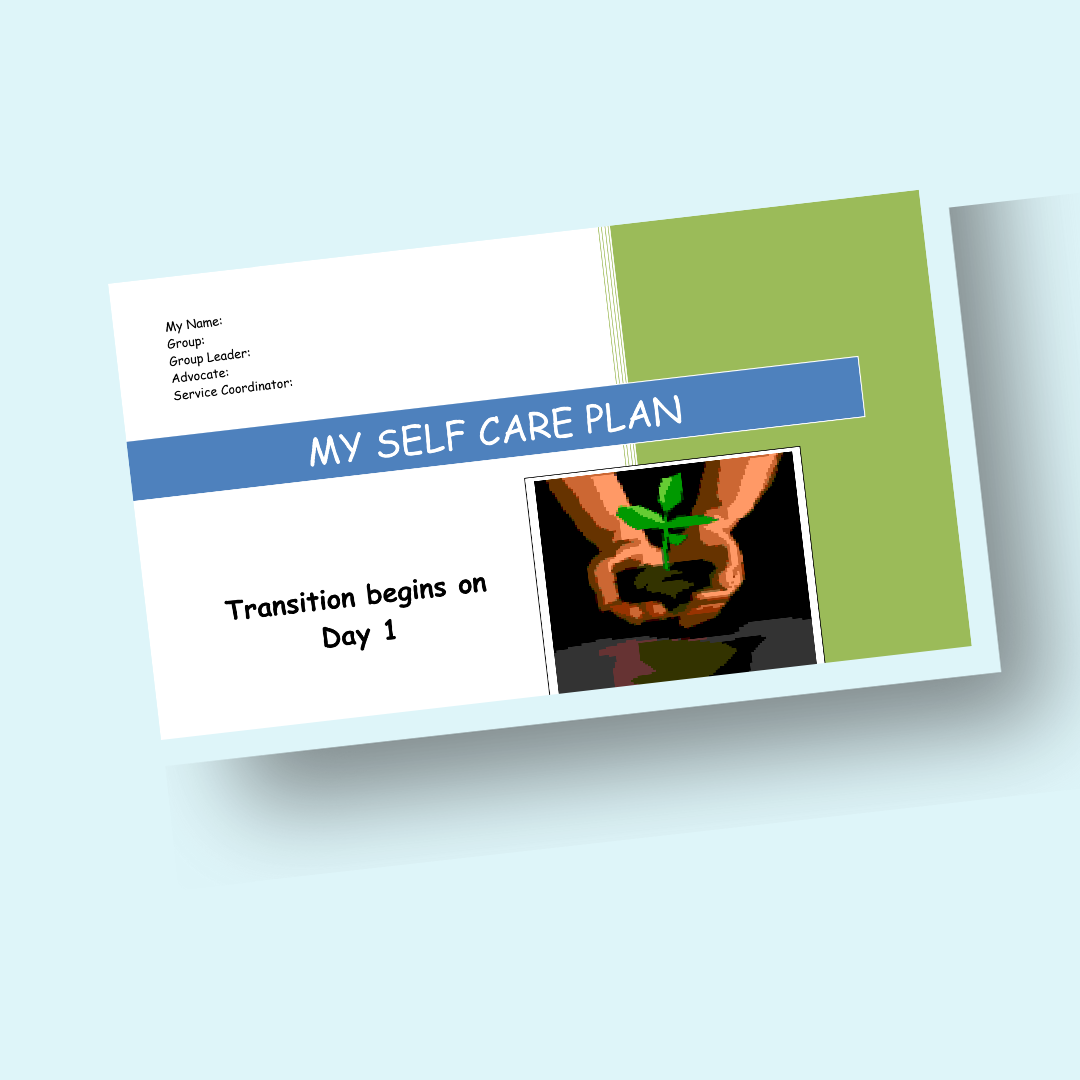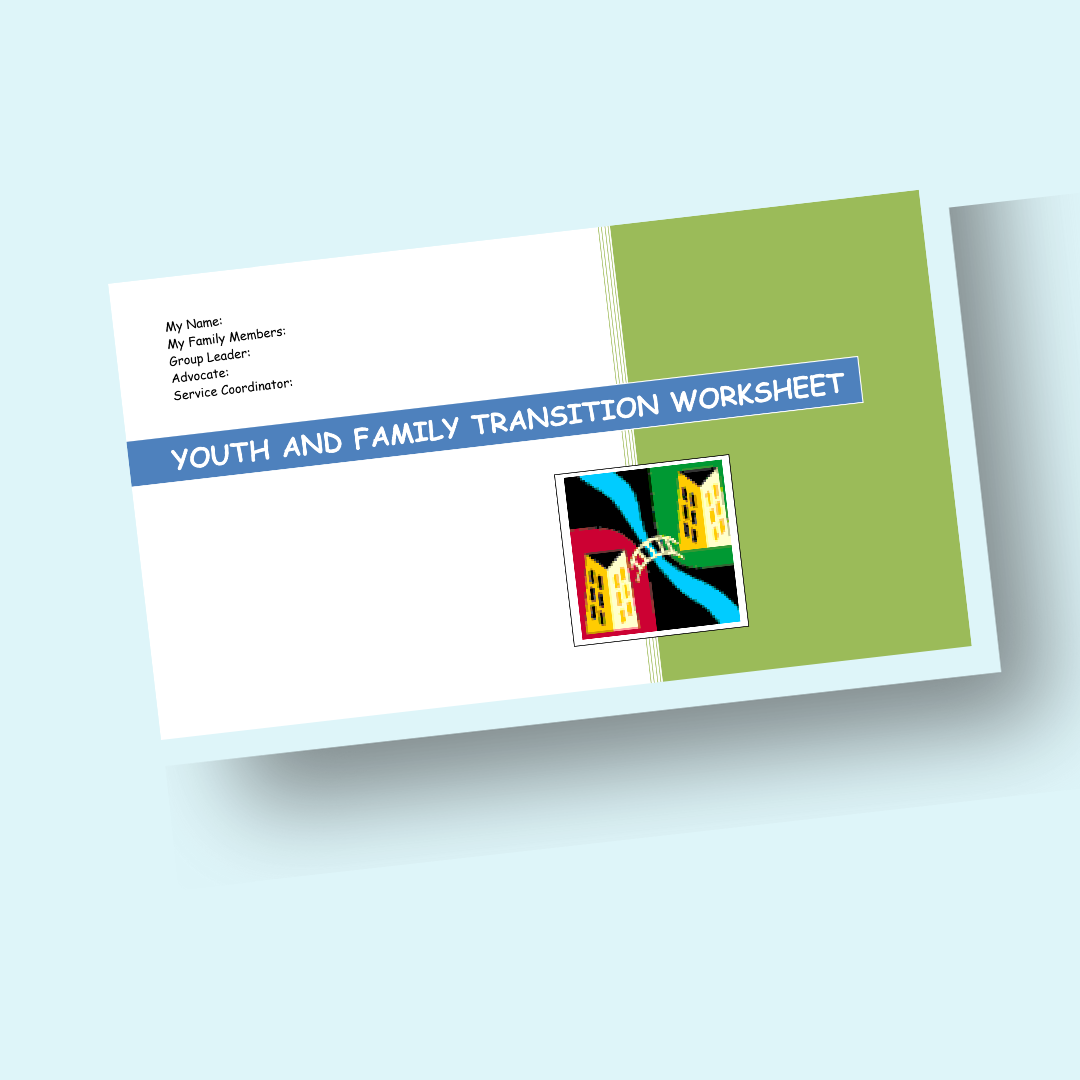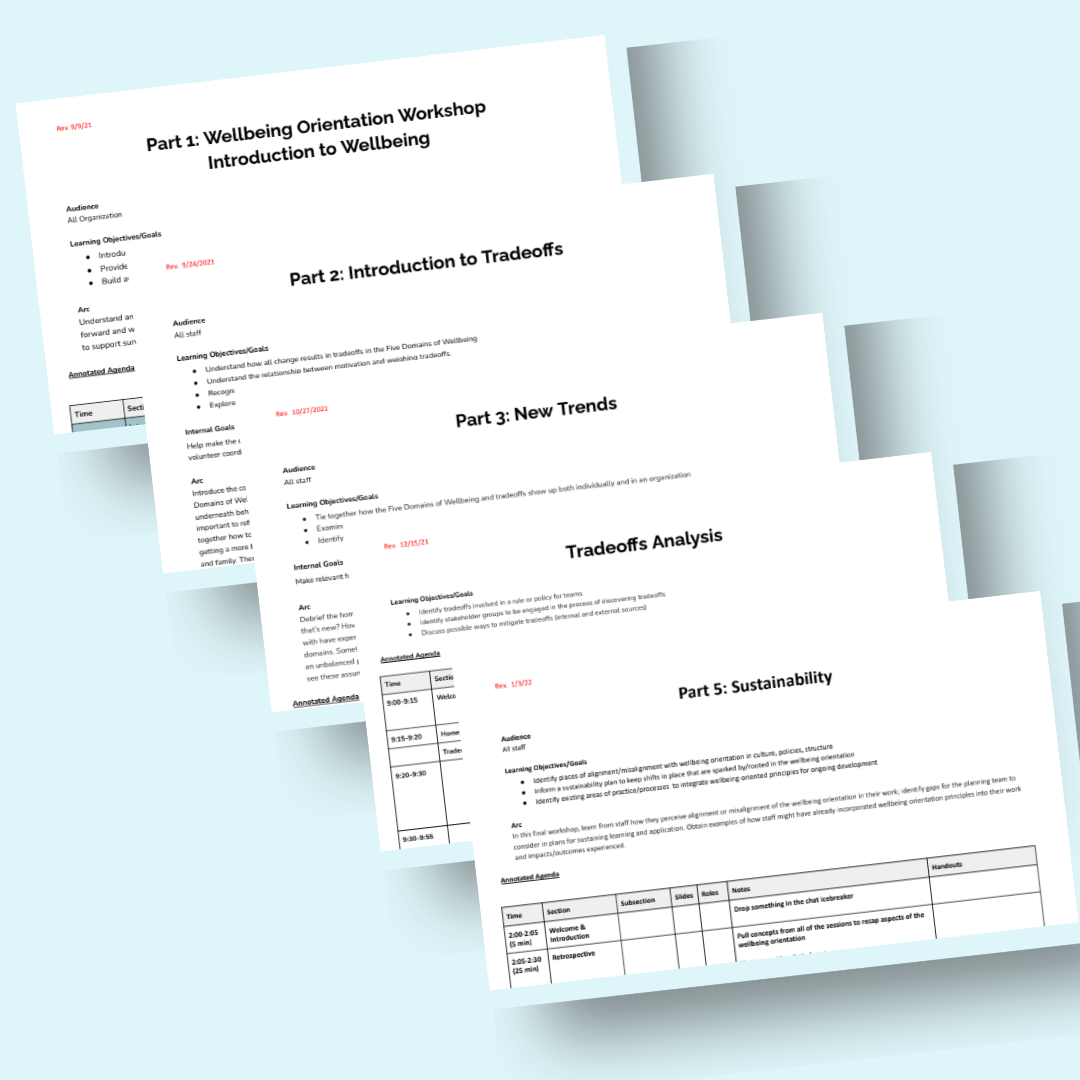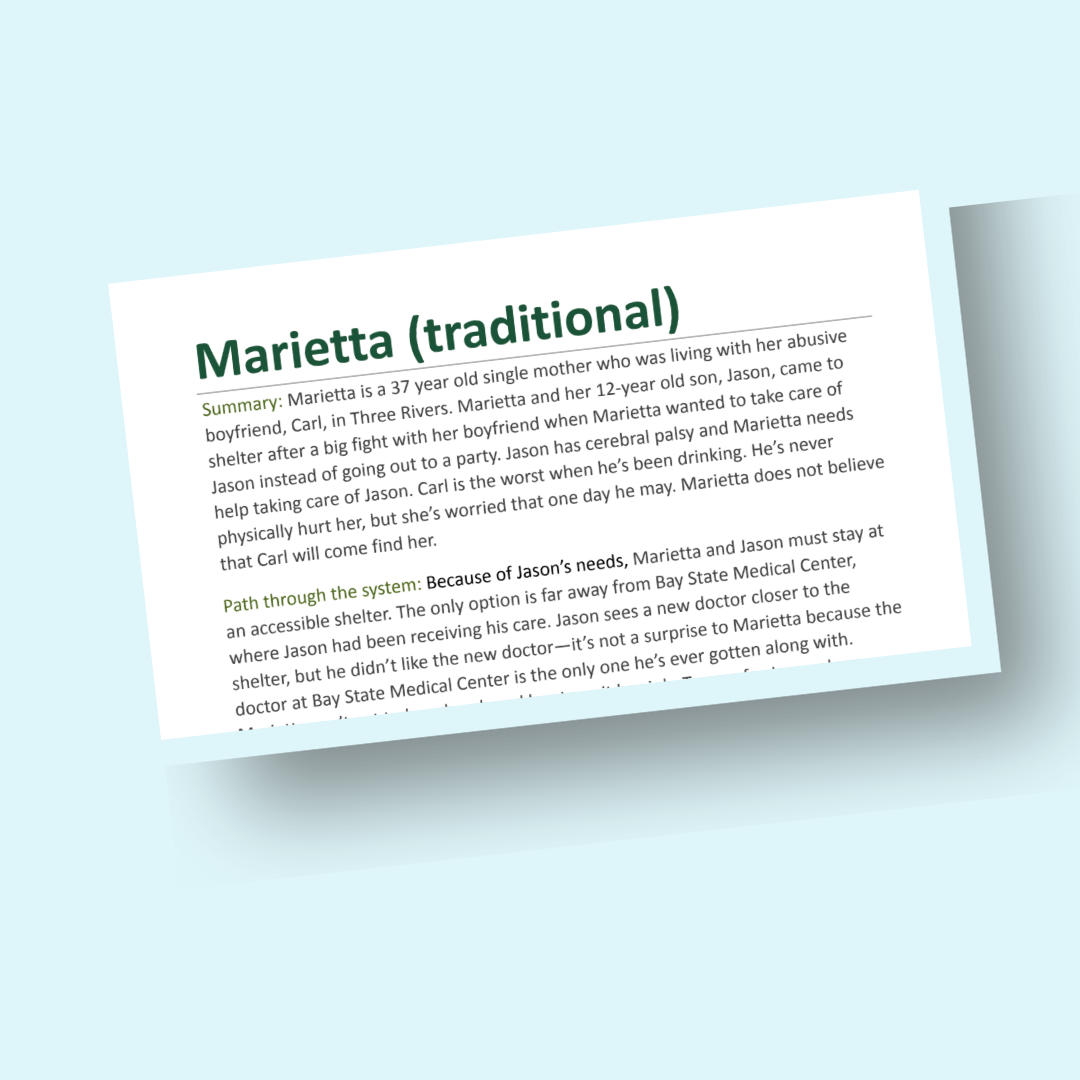
Example of how you can gather relevant information during the intake process with youth interacting the juvenile justice system.

This worksheet can be used to support an individual take ownership of their treatment, self-care or action plan with next steps that have a wellbeing orientation.

This worksheet can be used to support youth and families with the transition from a facility to the home. It layers in support for wellbeing and addressing tradeoffs.

This set of tools can be used to evaluate alignment with a wellbeing approach.

Our assumptions shape how we see the world and our narratives about it. In this video example, we see a world map as upside down; however, that is only because we've always been told it goes the other way.

This packet shows examples of forms and tools changed through a wellbeing lens in a family court.

This resource is based on a 12-month cohort focused on narrative change to improve practice for older youth who have experienced foster care.

These guiding questions can help you to identify the assumptions that are driving narratives in your systems.

These documents were part of a 5-part training sequence that introduced wellbeing concepts and frameworks to an organization that works with domestic violence survivors.

Marietta's story showcases how someone going through a traditional systems experience would have a drastically different experience than one going through an experience designed with wellbeing.

This form, developed for the St. Louis County Court, collects comprehensive information about a youth when a caregiver seeks assistance.

This example shows an assessment using a wellbeing lens within a domestic violence context.